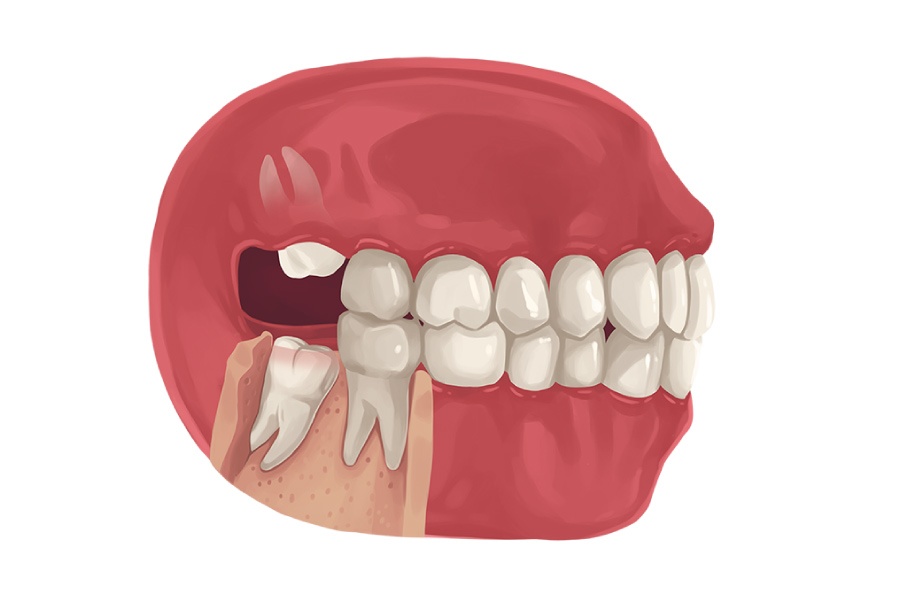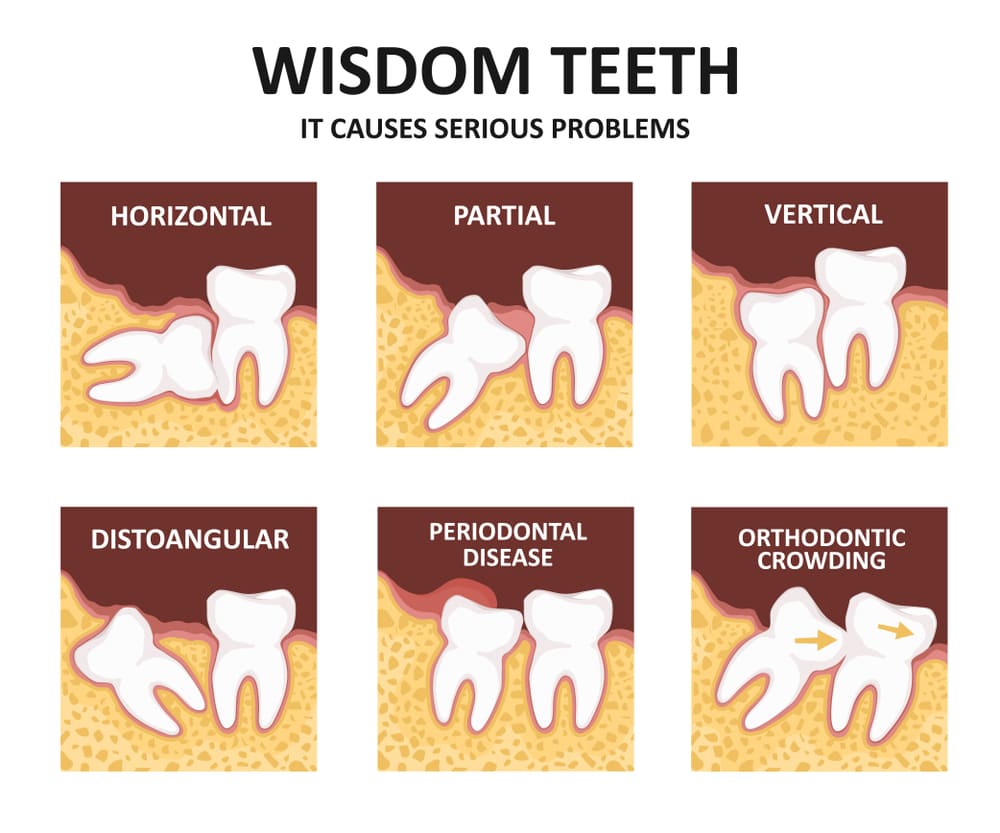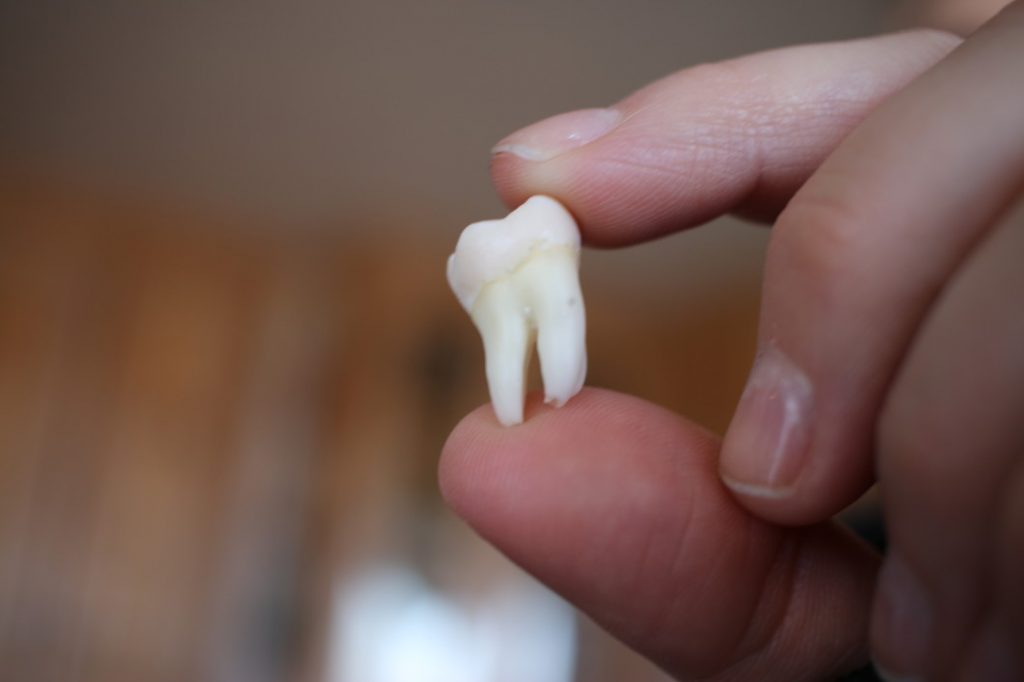Wisdom Teeth Removal In Melbourne
Wisdom teeth removal is a common dental procedure performed to prevent or address problems caused by these third molars. For many people, it can become impacted, overcrowded, or infected, leading to pain, swelling, and other complications that may affect oral health.

If you’re in Melbourne and considering wisdom teeth removal, this guide will provide all the essential information: what wisdom teeth are, why they may need to be removed, how to prepare for the procedure, and what to expect during and after surgery.
Whether you’re dealing with pain, discomfort, or simply want to avoid future issues, removal can protect your oral health and ensure long-term comfort and well-being.
Wisdom Teeth Removal: What Is It?
Wisdom teeth removal is a common dental procedure performed to extract one or more third molars, which often cause issues like overcrowding, pain, or infection. This surgical process involves numbing the area, removing the problematic tooth, and ensuring proper healing. For many patients, removing wisdom teeth prevents future complications and improves overall oral health.
The benefits of removal are significant. Patients experience relief from pain, reduced risk of infections, and the prevention of long-term dental issues. With proper care, recovery is quick, and the procedure ensures lasting comfort and better oral health.

Who Might Benefit From Wisdom Tooth Removal?

Wisdom tooth removal is ideal for those experiencing pain, swelling, or complications from impacted or overcrowded teeth. It can prevent alignment issues, gum disease, cavities, and infections. Removing wisdom teeth also benefits individuals who struggle to clean the area properly or want to avoid future dental problems.
Before the procedure, a dentist or oral surgeon will assess your teeth through an exam and imaging like X-rays. This ensures a personalised treatment plan for safe and effective removal.
The Wisdom Tooth Removal Process
The removal process begins with a consultation where your dentist evaluates your teeth using exams and X-rays to plan a personalised treatment. Local anesthesia is typically used, though sedation may be needed for complex cases. The procedure involves carefully extracting the teeth, and stitches may be placed if necessary.
Aftercare involves following your dentist’s instructions, such as using gauze to control bleeding, applying ice for swelling, and avoiding hard or hot foods. Maintain oral hygiene but avoid brushing near the surgical site initially. Most patients recover within 1–2 weeks, with follow-ups ensuring proper healing.

Potential Risks And Side Effects Of Wisdom Tooth Removal

Wisdom tooth removal is generally safe, but some side effects and risks may occur.
Common Side Effects
Mild discomfort, swelling, bruising, and temporary numbness in the tongue, lips, or chin are normal and typically resolve within days. Mild bleeding can occur but is usually managed with gauze.
Rare Complications
Rare issues include infection, dry socket (pain from a dislodged blood clot), or nerve damage. Impacted teeth may require more complex surgery. Contact your dentist if you experience persistent pain, swelling, or infection. Following aftercare instructions minimises risks and ensures smooth recovery within a few weeks.
Benefits Of Wisdom Tooth Removal
Removal offers lasting benefits for oral health and well-being. It reduces the risk of infections, gum disease, overcrowding, and damage to surrounding teeth.
Removing problematic wisdom teeth also prevents alignment issues and cavities caused by difficulty cleaning the back of the mouth. With proper aftercare, recovery is quick and smooth, ensuring long-term dental health and comfort.

Frequently Asked Questions
Who might benefit from wisdom tooth removal?
What is the wisdom tooth removal process like?
Are there any risks or side effects with wisdom tooth removal?
What are the benefits of wisdom tooth removal?

